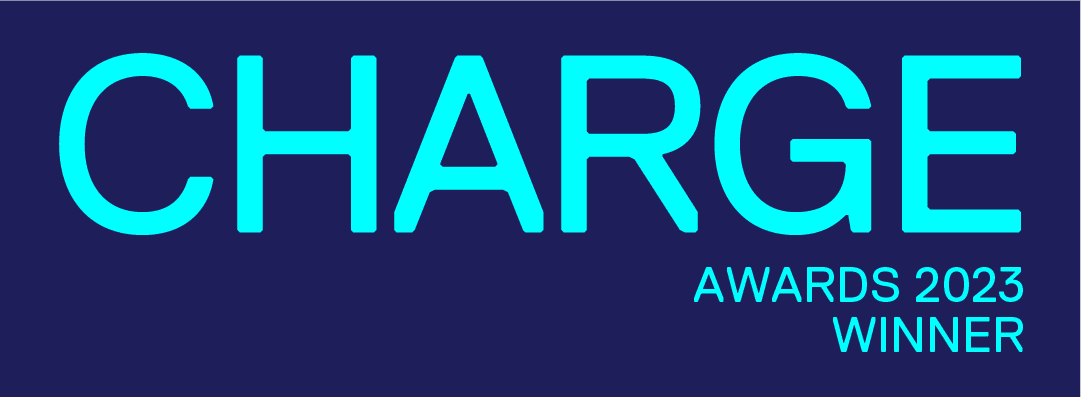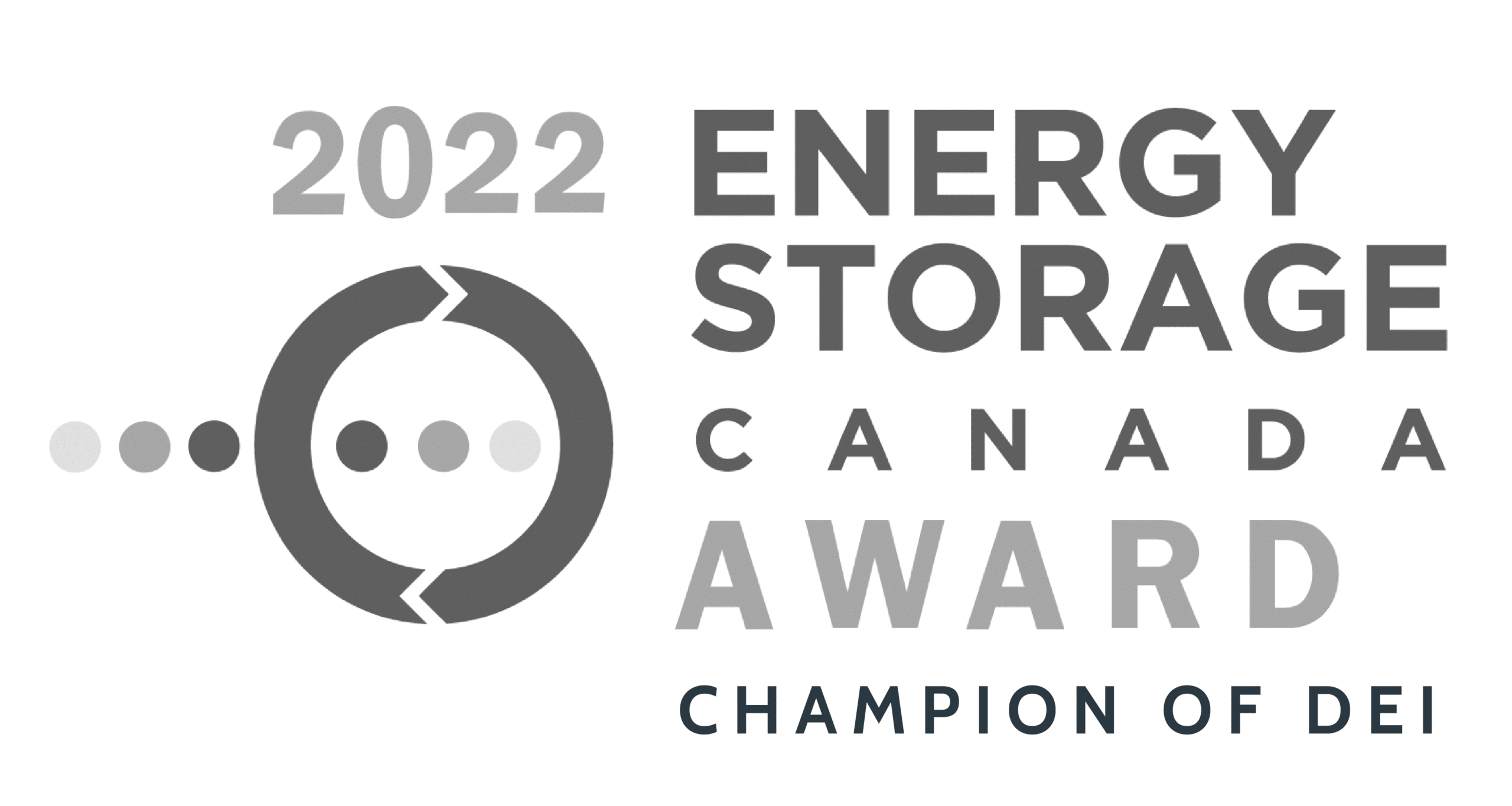Peak Power’s Director of Business Development Archie Adams and CFO Farid Madhani hosted a webinar geared toward those involved in the implementation of battery energy storage projects at industrial facilities. The economics of these projects rely on a strong financing strategy that incorporate how the project is funded and operated. We covered potential cost savings, financing options, and the factors that make an ideal site.
In this article, we’ll cover some of the main points we covered in the webinar. Or, you can skip right to the full recording below.
Battery Energy Storage System Cost Savings
The main benefit of a battery energy storage system (BESS) is reduced costs. Three common types are:
- Coincident Peak (CP) Charges: Different regions have different names for this charge. In Ontario, it is Global Adjustment, and in Massachusetts and New York, it is ICAP. These savings are based on the highest demand period of an entire independent system operator (ISO) region.
- Non-Coincident Peak (NCP) Charges: Savings generated on this area of the bill are known as “demand savings.” These are based on a facility’s highest demand hour in every month.
- Off-bill Savings: These cost savings can include things like Energy Arbitrage, Wholesale Market Participation, and Demand Response. Demand Response incentivizes curtailment during periods of increased system-wide demand (grid resiliency). However, curtailment has a limit and can be manual and labor-intensive for facilities.
This is what operation can look like for a facility:
| Service | Description | Potential Value | Type |
| Demand Response | Customers curtail electricity demand during system peaks. Used to support utility and ISO grid resiliency | High | Off-Bill |
| Demand Management | Curtailing building load to reduce monthly demand charges (Non-Coincident Peak) | Medium | On-Bill |
| Load Shifting & Peak Shaving | Forecasting and dispatching with energy storage to curtail load during coincident and non-coincident peak events | High | On-Bill |
| Energy Arbitrage | Charging energy storage systems when electricity price is low and discharging when price is high | Low | Off-Bill |
| Reserve Markets | Supply spinning, non-spinning reserves | Medium | Market |
In addition, there are market-by-market programs and incentives, which you can read more about here.
Project Development Costs
A typical battery for C&I projects starts at 1,000 kW (2,000 – 4,000 kWh) and above with a 2-4-hour duration. Costs range between $500-650/kWh. For example: a 1,000 kW/2,000 kWh battery would cost between $900,000 – $1,300,000.
Costs include:
- Battery Technology (Lithium-ion)
- Inverter and Power Electronics
- System Design and Engineering
- Installation and Construction
- Permitting and Regulatory Compliance
- Integration with Existing Infrastructure
- Operation and Maintenance (O&M)
Ownership Structures
There are two main ways to cover these costs: Self-ownership and third-party ownership.
Self-Ownership
The Facility Owner purchases a battery themselves. They would still need a Battery Operator to get the most return out of the project. The Facility Owner is responsible for all costs.
Third-Party Ownership
The Facility owner gives right to develop over to a Financier. In return, the Financier keeps a majority of the revenue and savings but shares it with the customer. A Battery Operator manages the charge and discharge of the battery in this situation as well.
![]()
| Third-Party Ownership | Self-Ownership | |
| Costs | Capital and operating costs funded by financier and operator | Capital and operating costs funded by host site |
| Savings and Revenue | Shared between host site, financier, and operator | Host site captures all savings and revenue |
| Expertise Required |
|
|
| Project Flexibility |
|
More control of timing and terms of project |
Ideal Project Conditions for BESS
Not every site is eligible for cost savings from a battery energy storage system. These are some basic factors that make an ideal site:
Energy Demand: This is the capacity to adjust the amount and timing of electricity drawn from the grid. An eligible site will have a minimum load of > 1 MW, which have monthly bills above $50K.
Ownership: A typical battery life is 20 years. Under self-ownership, the payback period can be 8 years, and third-party contracts last at least 15 years. Facilities that are owned, rather than leased, have a better capacity for a long-term projects.
Metering: Due to the need for a large amount of electricity to be controlled at once, all electricity use must be behind a single meter. A BESS is not ideal for multi-tenant spaces, except in the case of Virtual Net Metering in California.
Siting: Location outside of dense urban areas allows for placement of the battery due to size and safety considerations.
Ideal sites can generate $40k to $80k in electricity savings per year per MW installed energy storage with zero capital cost financed through a shared savings agreement. Peak Power manages the financing, development, and operation of the system and makes money based on a split of the savings generated for the facility. We are incentivized over the entire life of the contract to maximize savings using the energy storage system – we only make money when you are saving money. Contact us to see whether your facility qualifies for a no-cost energy storage system.
Battery Energy Storage System Programs and Incentives
Federal, state, and local governments’ incentivization is essential for making the transition to a sustainable, clean, and reliable decentralized energy system. And the good news is that as more states work towards meeting the 2050 clean energy goals, more and more incentives are becoming available for commercial and industrial players.
Two major federal incentives are:
- Investment Tax Credit (ITC)
- Storage projects must be capable of receiving, storing, and delivering electricity and must have a minimum capacity of 5 kWh.
- The tax credit has been restored to its full 30% value for solar, storage, and solar+storage projects beginning construction before January 1, 2025.
- Modified Accelerated Cost Recovery System (MACRS)
- Battery only: Eligible for a 7-year depreciation schedule, equivalent to a 20% reduction in capital costs
- Battery + renewable: Eligible for the 5-year depreciation schedule IF the battery is charged by a renewable energy system 75% of the time on an annual basis. This is equivalent to an approximate 21% reduction in capital costs.
The ideal markets for battery energy storage systems are those with incentive programs and high demand charges. These markets include – but are not limited to – Ontario, Massachusetts, New York, Connecticut, California, Illinois, and New Jersey.
For an in-depth look at incentives, see our guides to California, New York, and Massachusetts.
These are just some of the items covered in the webinar. View the full recording for a more in-depth discussion, including the Q&A with our CFO Farid Madhani and Director of Business Development Archie Adams.




